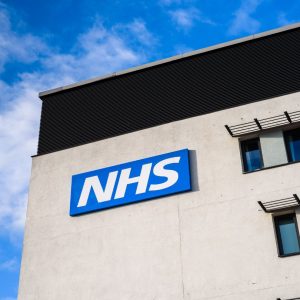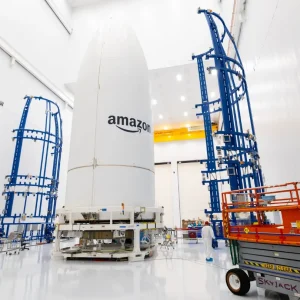The Internet of Things might sound like a bold new catchphrase but in fact the idea of connecting objects to the world wide web is not that new. It goes back to at least the first internet boom when there were predictions that we’d soon all be buying internet-connected fridges which would automatically restock items as they ran low.
In reality internet shopping took a rather different route.
However the market that is emerging is linking up parts of business and public infrastructure in order to make maintenance and central control both easier and cheaper.
Moves to smarter cities are actually happening quite fast, where new infrastructure projects are happening.
It is happening for businesses too – in football stadiums, in critical communications used by emergency services and even on the London Underground.
But the much more interesting use for the technology is in wearable devices.
The UK is moving towards a new emergency communications network for first responders – fire, ambulance and police – as its old Airwave contract comes to an end.
This opens up huge possibilities for wearable technologies to change the way services react to emergencies.
Police officers’ radios already contain ‘man down’ technology which automatically alerts HQ if the radio is in a horizontal position.
The same technology is changing the way we think about healthcare.
Remote sensors attached to medicine bottles can check patients are taking their tablets, or at least that they’re taking them out of the container.
Wearable sensors can check older patients are up and about and immediately message staff if their behaviour changes.
Future developments may include implanted devices and tiny ingestible sensors which will give doctors the ability to run long-term testing of patients and even see in real-time how they react to treatments.
Some of this sounds down right creepy, but with proper controls, and the promise of better patient care, it is going to play an ever larger role in the healthcare of the future.
Further down the line – as the data from these devices is collected – then big data analysis could provide a whole new area of medical research.






